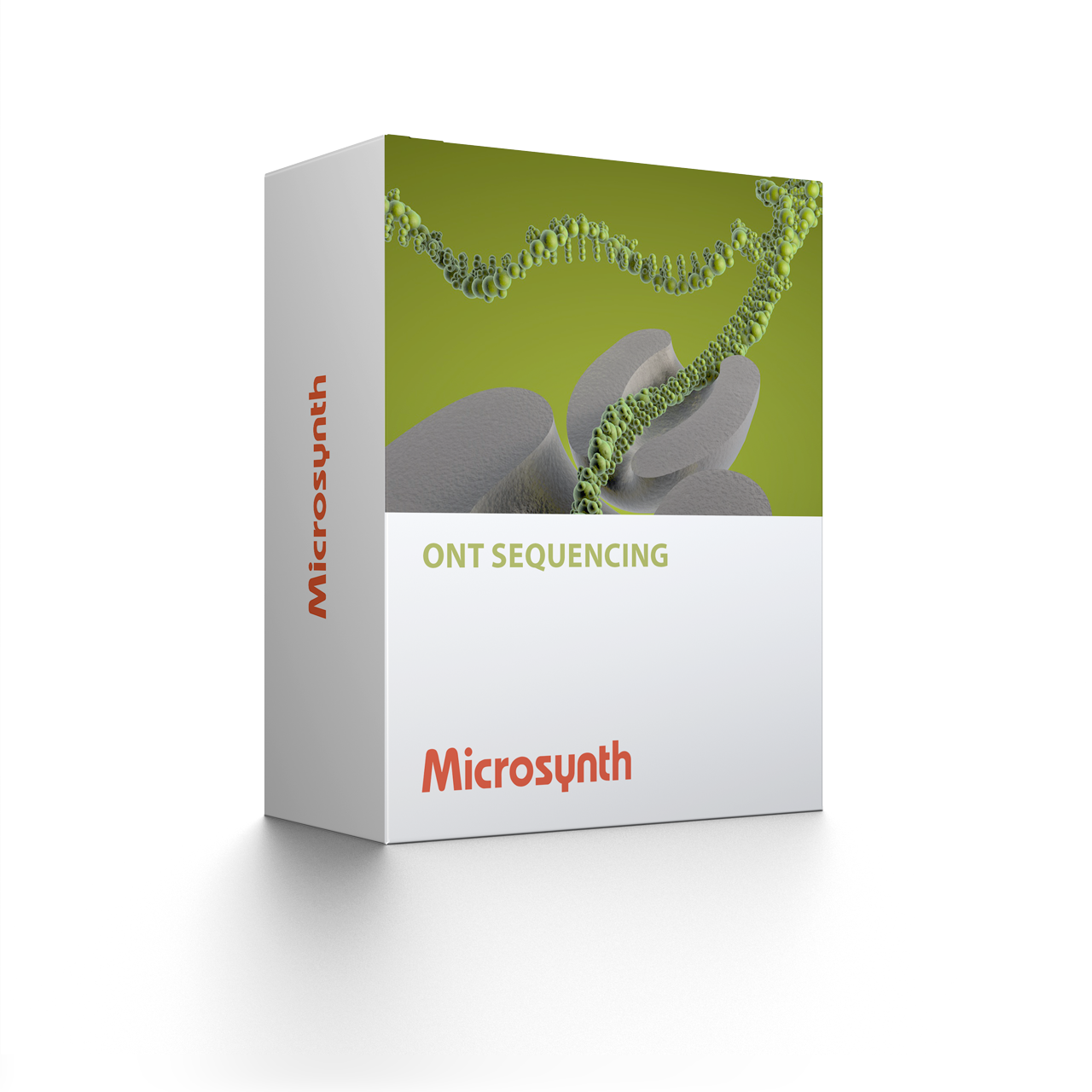
Back to top
ONT Resequencing (Prokaryotic/Eukaryotic)

Features and Benefits
Oxford Nanopore Technologies (ONT) offers unique advantages over traditional short-read sequencing methods such as Illumina. Key benefits include:
- Ultra-Long Read Lengths: Reads up to 200 kb enable analysis of regions that are inaccessible with short-read sequencing.
- Resolution of Structural Variations: Detect complex genomic rearrangements .
- Resolution of Repetitive Regions: Detect regions with repetitive sequences.
- Insertion Site or Knockout Verification
- Versatility Across Genomes: Suitable for all organisms, including fungi, plants, and prokaryotes.
Workflow
Our ONT Resequencing workflow ensures high-quality results and includes the following steps:

DNA Isolation
For optimal results, high-molecular-weight (HMW) DNA is essential. Our team employs specialized protocols for challenging samples, such as those with cell walls (plants, fungi) or contaminants from secondary metabolites. We also support customer-provided isolation protocols to tailor the process to your needs.
DNA Library Preparation
Using the appropriate sequencing kit, we prepare libraries to maximize read lengths and sequencing efficiency.
Sequencing
With a recommended >30x read coverage, we ensure comprehensive genomic data acquisition. Custom sequencing depths can be discussed to balance data quality and cost-effectiveness.
Variant Calling Analysis
Our state-of-the-art bioinformatics pipelineidentifies:
- Single nucleotide variants (SNVs) and small insertions/deletions (InDels)
- Structural variations (SVs)
- Annotated variants for downstream interpretation
Results
You will receive detailed results in various formats, including:
- Comprehensive Tables and Graphs: similar to those provided in our BacterialSeq service, ensuring clarity and actionable insights.
- Variant Analysis:
- SNVs and small InDels
- Structural variations (SVs)
- Annotation of genomic variations

